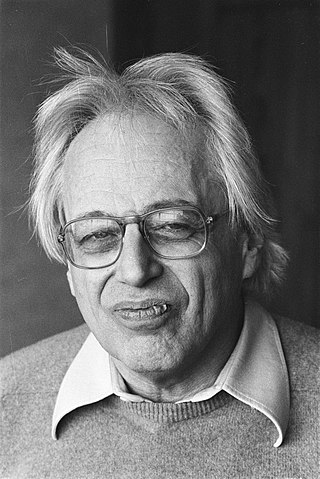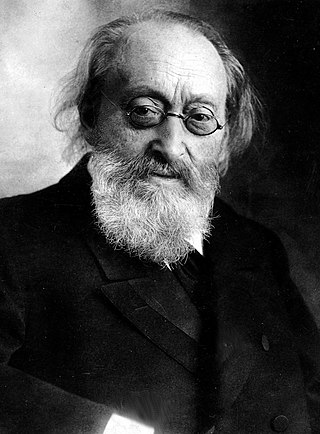
In music, a cadenza, is, generically, an improvised or written-out ornamental passage played or sung by a soloist(s), usually in a "free" rhythmic style, and often allowing virtuosic display. During this time the accompaniment will rest, or sustain a note or chord. Thus an improvised cadenza is indicated in written notation by a fermata in all parts. A cadenza will usually occur over either the final or penultimate note in a piece, the lead-in, or the final or penultimate note in an important subsection of a piece. A cadenza can also be found before a final coda or ritornello.

The Violin Concerto in D major, Op. 61, was written by Ludwig van Beethoven in 1806. Its first performance by Franz Clement was unsuccessful and for some decades the work languished in obscurity, until revived in 1844 by the then 12-year-old violinist Joseph Joachim with the orchestra of the London Philharmonic Society conducted by Felix Mendelssohn. Joachim would later claim it to be the "greatest" German violin concerto. Since then it has become one of the best-known and regularly performed violin concertos.

Caprice No. 24 in A minor is the final caprice of Niccolò Paganini's 24 Caprices, and a famous work for solo violin. The caprice, in the key of A minor, consists of a theme, 11 variations, and a finale. His 24 Caprices were probably composed between 1802 and 1817, while he was in the service of the Baciocchi court.
The Violin Concerto No. 1 in A minor, Op. 77, was originally composed by Dmitri Shostakovich in 1947–48. He was still working on the piece at the time of the Zhdanov Doctrine, and it could not be performed in the period following the composer's denunciation. In the time between the work's initial completion and the first performance, the composer, sometimes with the collaboration of its dedicatee, David Oistrakh, worked on several revisions. The concerto was finally premiered by the Leningrad Philharmonic under Yevgeny Mravinsky on 29 October 1955. It was well-received, Oistrakh remarking on the "depth of its artistic content" and describing the violin part as a "pithy 'Shakespearian' role."
Sinfonia concertante is an orchestral work, normally in several movements, in which one or more solo instruments contrast with the full orchestra. It emerged as a musical form during the Classical period of Western music from the Baroque concerto grosso. Sinfonia concertante encompasses the symphony and the concerto genres, a concerto in that soloists are on prominent display, and a symphony in that the soloists are nonetheless discernibly a part of the total ensemble and not preeminent. Sinfonia concertante is the ancestor of the double and triple concerti of the Romantic period corresponding approximately to the 19th century.
Sergei Prokofiev began his Violin Concerto No. 1 in D major, Op. 19, as a concertino in 1915 but soon abandoned it to work on his opera The Gambler. He returned to the concerto in the summer of 1917. It was premiered on October 18, 1923 at the Paris Opera with Marcel Darrieux playing the violin part and the Paris Opera Orchestra conducted by Serge Koussevitzky. Igor Stravinsky made his debut as conductor at the same concert, conducting the first performance of his own Octet for Wind Instruments.

The Violin Concerto No. 3 in B minor, Op. 61, by Camille Saint-Saëns is a piece for violin and orchestra written in March 1880. Saint-Saëns dedicated the concerto to fellow composer-virtuoso Pablo de Sarasate, who performed the solo part at the premiere in October 1880 in Hamburg.
Béla Bartók's Violin Concerto No. 2, Sz. 112, BB 117 was written in 1937–38. During the composer's life, it was known simply as his Violin Concerto. His other violin concerto, Violin Concerto No. 1, Sz. 36, BB 48a, was written in the years 1907–1908, but only published in 1956, after the composer's death, as "Violin Concerto No. 1, Op. posth."

Paul Kochanski was a Polish violinist, composer and arranger active in the United States.

The Concerto for Violin and Orchestra by György Ligeti is a violin concerto written for and dedicated to the violinist Saschko Gawriloff. A performance of the work lasts about 28 minutes.

Jaroslav Řídký was a Czech composer, conductor, harpist, and music teacher.

The Concerto for Clarinet, Viola, and Orchestra in E minor, Op. 88, is a composition by Max Bruch which was composed in 1911. It premiered on 5 March 1912 in Wilhelmshaven by the piece's dedicatees, violist Willy Hess and the composer's son and clarinet soloist, Max Felix Bruch. The score however was published 23 years after the composer's death, finally being released in 1942.
Karol Szymanowski’s Violin Concerto No. 1, Op. 35, is considered one of the first modern violin concertos. It rejects traditional tonality and romantic aesthetics.
Nocturne and Tarantella, Op. 28, is a composition for violin and piano, written in the spring and summer of 1915 by the Polish composer Karol Szymanowski.
The Symphony No. 4 Op. 60 is a work for solo piano and orchestra written by the Polish composer Karol Szymanowski between March and June 1932. It is dedicated to the pianist Arthur Rubinstein. Szymanowski himself played the piano part at the premiere performance on 9 October 1932, with Grzegorz Fitelberg conducting the Poznań City Orchestra.

The Piano Concerto in A minor, Op. 17, is the only piano concerto written by the Polish composer and pianist Ignacy Jan Paderewski. It was written in the composer's twenties, with the first movement dating back to 1882, although the majority of the work was composed in 1888 and scored in 1889. After its completion, the composer showed the concerto to his friend Saint-Saëns, who admired it, and especially the andante movement. It premiered the same year in Vienna, achieving great success, where it was conducted by Hans Richter.
Mythes, Op. 30 is a suite for violin and piano written by Karol Szymanowski in 1915 and premiered one year later by Paul Kochanski on violin and the composer on piano. It is dedicated to Kochanski's wife, Zofia Kochańska.

String Quartet No. 1, "Already it is dusk", Op. 62, is a composition for string quartet by Henryk Górecki. Written in 1988 after a long period of focus on vocal music, it was first performed by the Kronos Quartet on 21 January 1989 at the Walker Art Center in Minneapolis. All three of Górecki's string quartets were written for the Kronos Quartet. It is published by Boosey & Hawkes and PWM Edition.









